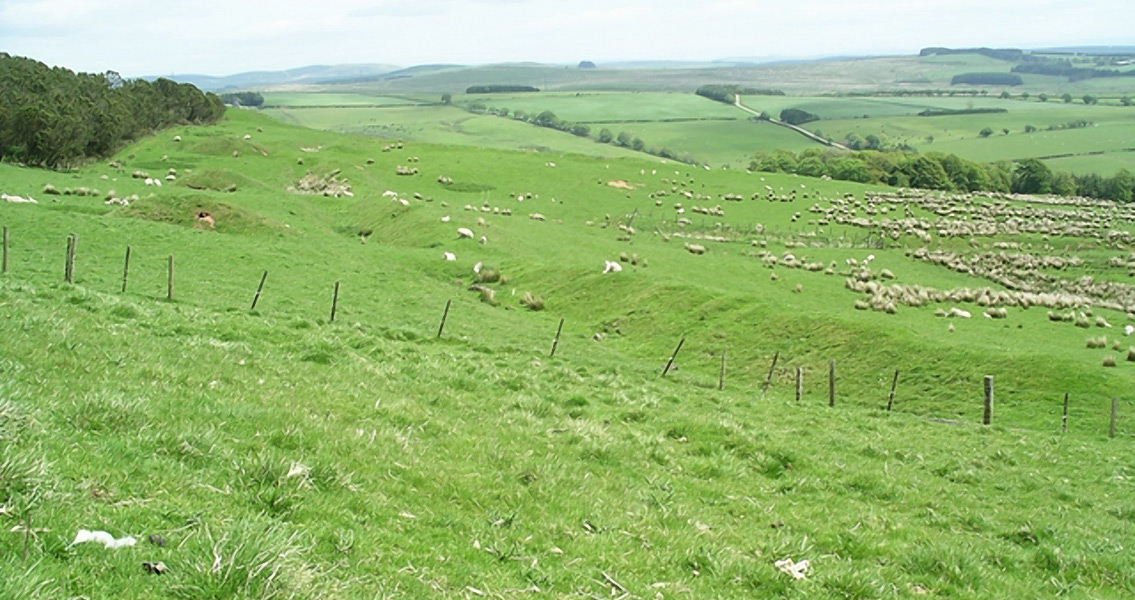<![CDATA[New evidence has emerged that Burnswark, a curious flat-topped landmark in Dumfriesshire, may bear traces of the Roman invasion of Scotland. Burnswark has largely remained a mystery to researchers for the better part of three centuries when it comes to determining just what role it played during the Roman occupation of Scotland. However, new archaeological data gathered from a recent series of digs suggests that Burnswark has a secret - and bloody - history. On the top of the massive plateau-like hill lies a ruined hill fort. Meanwhile, the northern and southern slopes once hosted as many as 6,000 Roman soldiers each, but the particulars of the battle have been lost to the mists of history. There are several theories surrounding Burnswark, one of which is that the Romans used the derelict fort as a target for artillery practice. Other researchers believe that the fort was occupied by locals and the Roman encampments were there as part of a large-scale siege. However, based on new evidence uncovered at Burnswark, there's yet another theory. According to BBC News, excavation leader Andrew Nicholson says that Burnswark was the site of the first Roman assault into Scotland, which would have occurred somewhere around 140 CE. Describing the assault as the "Antonine Push", the lead archaeologist explained that after the death of Emperor Hadrian - famous for the wall that bears his name - his successor Antonius Pius launched the new campaign in order to establish himself as the new ruler. Anywhere beyond the wall at the time, i.e. southern Scotland, was considered barbarian lands. The Antonine Push resulted in Rome conquering these lands up to the Forth-Clyde line, added Nicholson. During a two-week excavation taking place in the summer of 2015 and one being undertaken currently, researchers have uncovered large quantities of lead shot using metal detectors. These lead pellets had been directed at the fort, and not just in an attempt to hone the skills of those firing them. Researchers say that many of the projectiles have small holes drilled in them that would have created an unearthly shriek when fired, specifically to demoralize and terrorize those taking shelter in the hilltop fort. Archaeologists created modern replicas of the lead shot, confirming the hideous noise the projectiles make in flight. The sheer amount of spent shot leads researchers to believe that the Romans went all-out during their offensive, to the point of overkill. According to the Trimontium Trust's John Reid, the shock tactics used by the Roman troops likely worked very well; adding to the fact that historical documents put the infamous Roman general Lollius Urbicus, who had made a name for himself in crushing the Jewish rebellion in Judea, in charge of the Scottish campaign. Urbicus spent four years in the Middle East conquering hill forts, making him ideal for the task of routing any and all resistance in southern Scotland. Image courtesy of Wikimedia Commons user Lynne Kirton]]>
Scottish Landmark May Bear Traces of Roman Invasion
